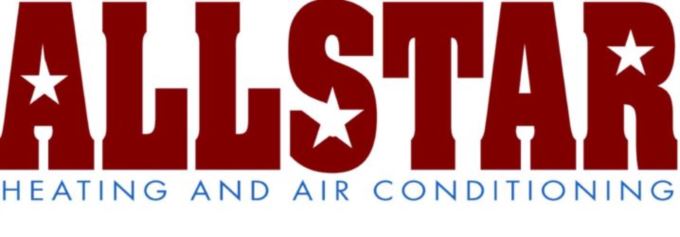
We spend a lot of time inside. In fact, the Environmental Protection Agency (EPA) has determined being inside comprises 90% of our schedule. However, the EPA also has found your indoor air can be three to five times worse than outdoors.
That’s because our houses are firmly sealed to increase energy efficiency. While this is great for your energy bills, it’s not so great if you’re among the 40% of the population with respiratory allergies.
When outdoor ventilation is insufficient, pollutants such as dust and volatile organic compounds (VOCs) may get trapped. Consequently, these pollutants could aggravate your allergies.
You can enhance your indoor air quality with crisp air and usual dusting and vacuuming. But if you’re still having issues with symptoms during the time you’re at your house, an air purifier may be able to provide relief.
While it can’t eliminate pollutants that have landed on your furniture or carpeting, it may help purify the air circulating throughout your home.
And air purification has also been scientifically proven to help reduce some allergic symptoms, according to the American College of Allergy, Asthma and Immunology. It may also be appropriate if you or someone in your household has lung trouble, such as emphysema or COPD.
There are two models, a portable air purifier or a whole-home air purifier. We’ll discuss the differences so you can figure out what’s correct for your residence.
Whole-House Air Purifier vs. Portable Air Purifiers
A portable air purifier is for one room. A whole-house air purifier works with your HVAC unit to clean your full house. Some models can work on their own when your home comfort equipment isn’t operating.
What’s the Best Air Purifier for Allergies?
Go after an option with a High Efficiency Particulate Air (HEPA) filter. HEPA filters are placed in hospitals and deliver the greatest filtration you can find, as they trap 99.97% of particles in the air.
HEPA filters are even more useful when installed with an ultraviolet (UV) germicidal light. This powerful blend can eliminate dust, dander, pollen and mold, all of which are standard allergens. For the best in air purification, evaluate a unit that also has a carbon-based filter to eliminate household smells.
Avoid getting an air purifier that makes ozone, which is the primary ingredient in smog. The EPA cautions ozone could worsen respiratory issues, even when discharged at minor amounts.
The Allergy and Asthma Foundation of America has made a listing of questions to ask when buying an air purifier.
- What can this purifier extract from the air? What doesn’t it remove?
- What’s its clean air delivery rate? (A bigger number means air will be purified more rapidly.)
- How frequently does the filter or UV bulb need to be switched]? Can I complete that without help?
- How much do replacement filters or bulbs cost?
How to Lessen Seasonal Allergy Symptoms
Want to have the {top|most excellent|best] performance from your new air purification equipment? The Mayo Clinic advises doing other procedures to reduce your exposure to things that can trigger seasonal allergies.
- Stay in your home and keep windows and doors closed when pollen counts are elevated.
- Have other household members cut the lawn or pull weeds, since these jobs can aggravate symptoms. If you must do these jobs alone, you may want to consider trying a pollen mask. You should also shower right away and put on new clothes once you’re completed.
- Avoid hanging laundry outside your home.
- Run the AC while at home or while you’re on the road. Consider installing a high efficiency air filter in your residence’s heating and cooling unit.
- Equalize your house’s humidity levels with a whole-house dehumidifier.
- Hardwood, tile or linoleum are the suggested flooring types for reducing indoor allergens. If your home has carpet, install a HEPA filter on your vacuum cleaner.
Let Our Professionals Manage Your Indoor Air Quality Requirements
Prepared to take the next step with installing a whole-house air purifier? Give our specialists a call at 805-242-9638 or contact us online to request an appointment. We’ll help you find the best system for your house and budget.
